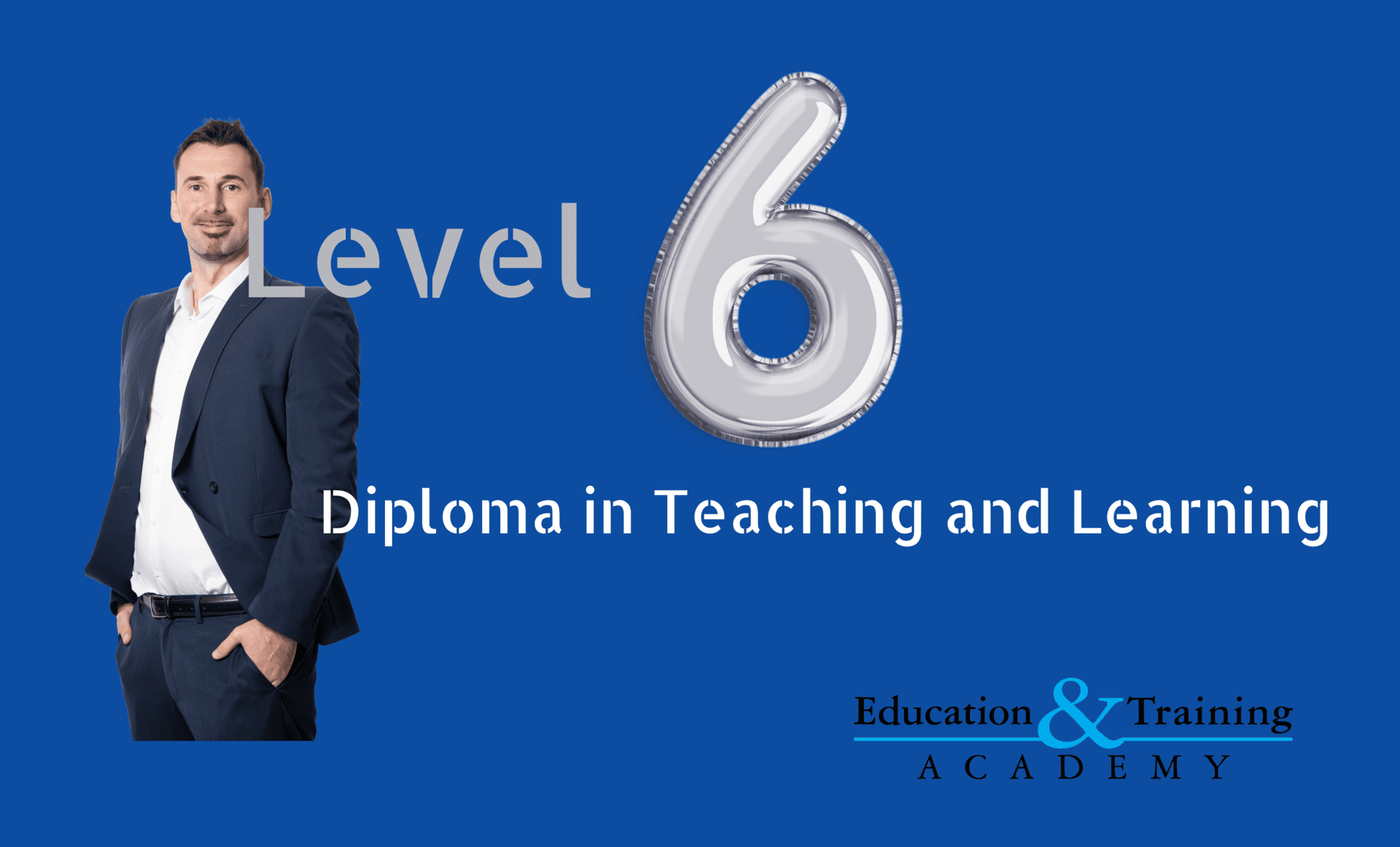
Benefits and limitations of communication methods in the Level 4 Certificate in Education and Training (CET)
Communication in the Level 4 Certificate in Education and Training
Communication is a way that information is passed from one person to another. During the Level 4 Certificate in Education and Training (CET) information will be passed on in different ways. You could be watching this video or adding the blog, you could be face to face with your teacher and sending emails to and from your workplace.
Verbal communication in the Level 4 Certificate in Education and Training
Verbal communication involves the words that you choose, the tone of your voice and your body language. Words only account for 7% of communication, tone is 38% and body language is 55%. This fact alone suggests that communication is better in person, and I would agree that our Level 4 Certificate in Education and Training (CET) learners get more out of classroom training than they do from self-study as they have that two-way instant communication with their tutor.
If you think about verbal communication in comparison to text messaging and email, you get the whole 100% of communication but in a text message or email, you only get 7% of that same message which is why messages get misunderstood, so the tone and body language is massively important. Virtual learning bridges that gap where you can incorporate tone and body language, but you cannot see everything.
Successful communication in the Level 4 Certificate in Education and Training
Successful communication is where the receiver interprets what is being said accurately. I always prefer having the face to face dialogue as you can deliver the full message but you have that two-way dialogue where you can really go back and forth discussing any issues but the problem is how do you evidence it and following up with an email with what was discussed is best practice as you get the best of both worlds.
Non-verbal communication includes your body language. These are the facial express, posture, gestures any signals and your appearance. Body language gives away so much information about a person and its easier to lie about words that you use but much more difficult to lie with your body language. Body language is a good sign of someone’s personality. I will naturally cross my arms as I am typically a closed off personally and find it comfortable but as I want to come across as welcoming, I can control my posture and ensure my arms are open to want my learners to open up to me.
I also typically stand and sit in a relaxed manner which represents my easy going and relaxed nature. Knowing body language and non-verbal communication is essential for reading your learners. Learners spend most of the time in class listening so as you explain your topic you can sense when learners get it or sense when learners have no clue about the subject so you can change your approach as you go and ask questions.
Written communication in the Level 4 Certificate in Education and Training
Then we have written communication, this is communication that is written via text, notes, and emails. I always follow up with learners once they’ve submitted their Level 4 Certificate in Education and Training (CET) portfolio, I will discuss it with them and follow up with written communication so they have a trail of what has been said and can refer back to it. People will not remember everything said so its best to combine it with written.
In terms of the Level 4 Certificate in Education and Training (CET) there are four aspects of communication, reading, writing, speaking, and listening and each method will have its own benefits and limitations.


